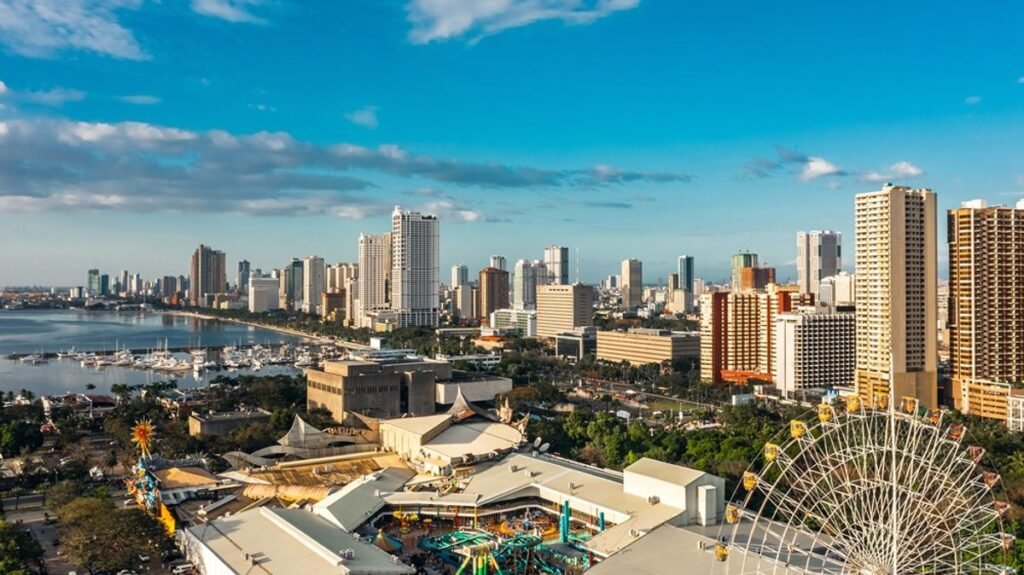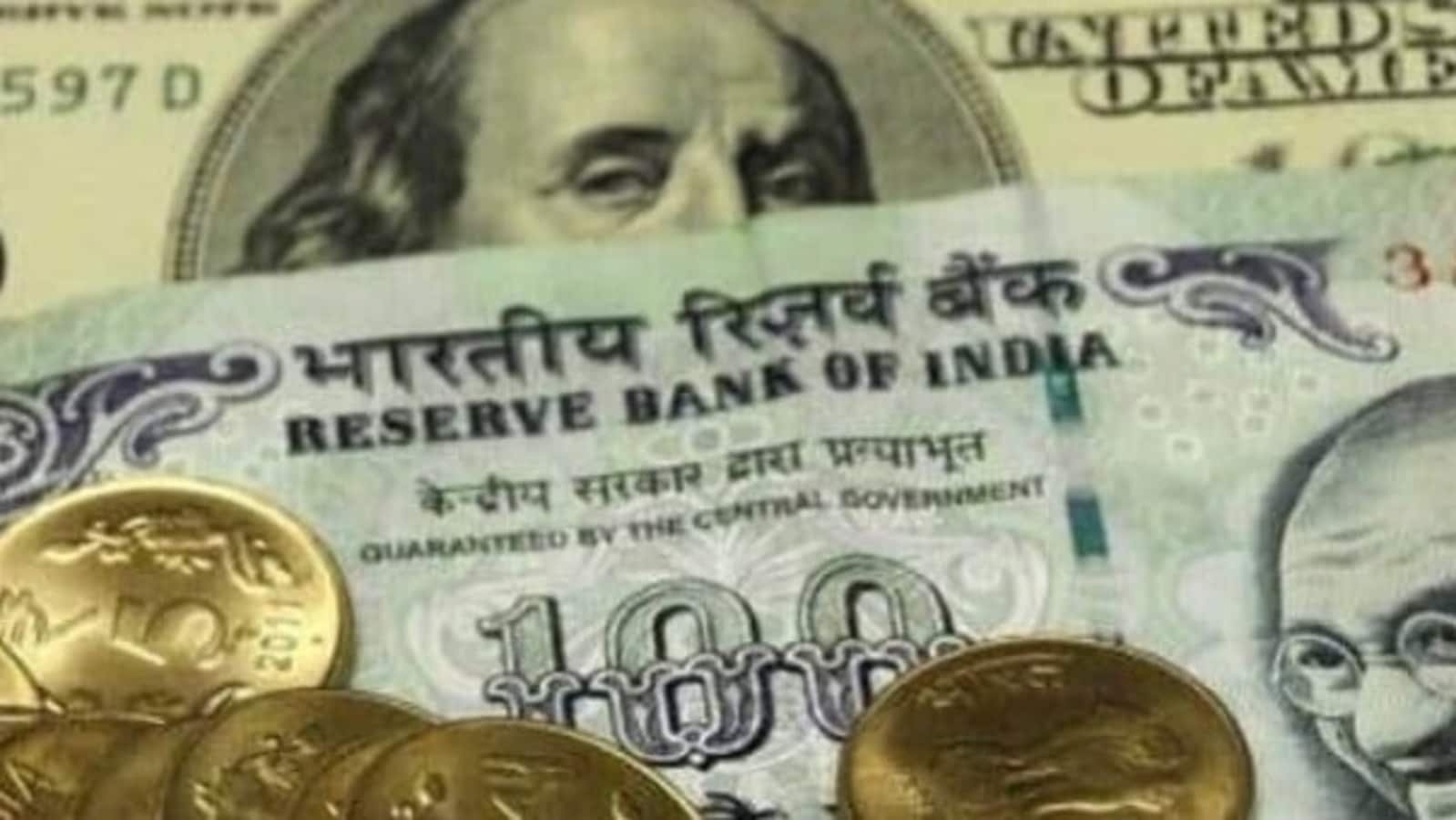Southeast Asia’s economic landscape in Q1 2024 presents a mixed
picture, with tourism emerging as a crucial factor in the region’s
recovery, according to a recent McKinsey report. While some countries
are experiencing robust growth, others face challenges, creating a
diverse range of opportunities and considerations for the travel
industry.
Indonesia‘s economy is benefiting from strong
domestic consumption, partly driven by election-related spending and
Ramadan celebrations. This increased local spending could boost internal
tourism, potentially offsetting the effects of the rupiah’s
depreciation against the US dollar. Travel agents might find
opportunities in promoting domestic travel packages to capitalise on
this trend.
Malaysia‘s 4.2% GDP growth is partly attributed to
increased tourist arrivals and spending, signalling a positive outlook
for its tourism sector. The country’s recovery in both tourism and
exports suggests a welcoming environment for international visitors,
with potential for growth in luxury and experiential travel offerings.
The Philippines, despite leading regional growth at
5.7%, is experiencing its slowest expansion since 2010 due to high
inflation and cautious spending. This situation might impact domestic
tourism but could make the country more attractive for international
visitors due to potentially favorable exchange rates.
Singapore‘s economy received a temporary boost from
international concerts, highlighting the impact of event-based tourism.
While overall growth remains slow, the government’s expectation of
recovery in services industries, including tourism, suggests potential
opportunities in urban and cultural tourism experiences.
Thailand recorded the slowest expansion among
ASEAN-6 countries but is expected to rebound through ongoing recovery in
the tourism sector. This forecast indicates potential value for early
movers in the Thai tourism market, particularly as international travel
continues to normalise.
Vietnam stands out with robust tourism growth,
supported by favourable visa policies and tourism stimulus measures.
With international arrivals up 72% compared to the previous year,
Vietnam presents significant opportunities for travel advisors to
promote as an emerging destination with diverse offerings.
These economic trends suggest varied opportunities for the travel
industry, with some markets potentially offering better value for
international visitors, while others may see increased domestic travel
activity. The overall resilience of the region’s economies, particularly
in tourism, points to a generally positive outlook for travel in
Southeast Asia, despite some country-specific challenges.







